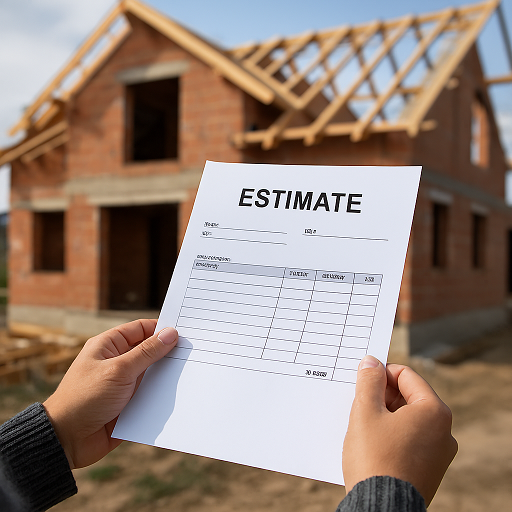For An Accessible Shower Install Grab Bars
- Deen Gabriel

- Nov 8, 2021
- 3 min read
Young or old, in a shower installing, a grab bar or two is a safe idea.

When designing or renovating a shower cubicle, grab bars are often overlooked and yet these should be installed in any shower as a safety precaution because young or old, you never know when an accident might occur.
Did you know that the installation of grab bars in a bathroom will increase the value of your home? Grab bars are considered a valuable feature in an accessible home and, even if there are no elderly residents, installing a grab bar or two can help prevent serious accidents and there is plenty of research on how many accidents occur in a shower. Another fact is that only 2% of accidents occur while entering a shower while almost 10% occur when leaving the shower and almost 80% of bathroom-related accidents are those caused by slips and falls in the shower. Taking all this into consideration, it is a good idea to install grab bars before an accident happens.

When using a shower you also use body or foam gel, hair shampoo and conditioner and personal hygiene products, all these drip or are rinsed onto the floor causing a slippery surface. Most showers have a tiled base and it is these showers in particular where it is easy to slip and fall. Placing a non-slip mat in a shower cubicle will provide some safety but all-around, a grab rail is the better option.
How to Fit Grab Bars in a Shower
When you need to install grab bars in a shower, more often than not you will need to drill into tiles. But more than that, you need to safely drill into tiles to prevent hitting plumbing pipes in the wall behind the tiles. Before you do any drilling whatsoever, use a digital detector to check the area where the grab bars will be installed so that you know you are safe from causing expensive damages.
1. Mount at the right height
Where to mount the shower bars should take into consideration whether you are installing for young children or adults. The best solution to overcome this is to install vertical-style grab rails that can be fitted at a suitable height for both children and adults.
2. Mark the location
After checking that there is nothing behind the tiles where you will be drilling, place a couple of strips of painter's tape over the location and mark the spot where you need to drill. The painter's tape will stop the bit from sliding around.
Do not drill into tiled walls before ascertaining that there are no pipes in the wall behind the tiles.
3. Drill the holes
To drill the holes, first, check the size of the wall plugs (if supplied or you will need to buy your own) and use the corresponding drill bit size. The packaging or installation instructions should be able to tell you this.
Note: I am not a fan of cheap plastic wall plugs and always replace these with nylon (fischer) or the new-plastic wall plugs that grip securely into the drilled hole. Up to you to decide. Use a glass and tile bit or diamond-tipped hole saw or suitable Alpen bit to drill through the tile and into the wall behind. After drilling the required holes, you can insert the wall plugs.
4. Apply silicone sealer
To prevent any leaks from getting behind the grab bars and causing damp, apply a sanitary silicone sealer to the area where the grab bars will be mounted.
5. Mount the grab bars
Now you can position the grab bars in the right spot and drive in the screws. DO wipe away any excess silicone sealer that oozes out around the fitting.
Source: https://www.home-dzine.co.za/bathroom/accessible-shower-install-grab-bars.html






Comments